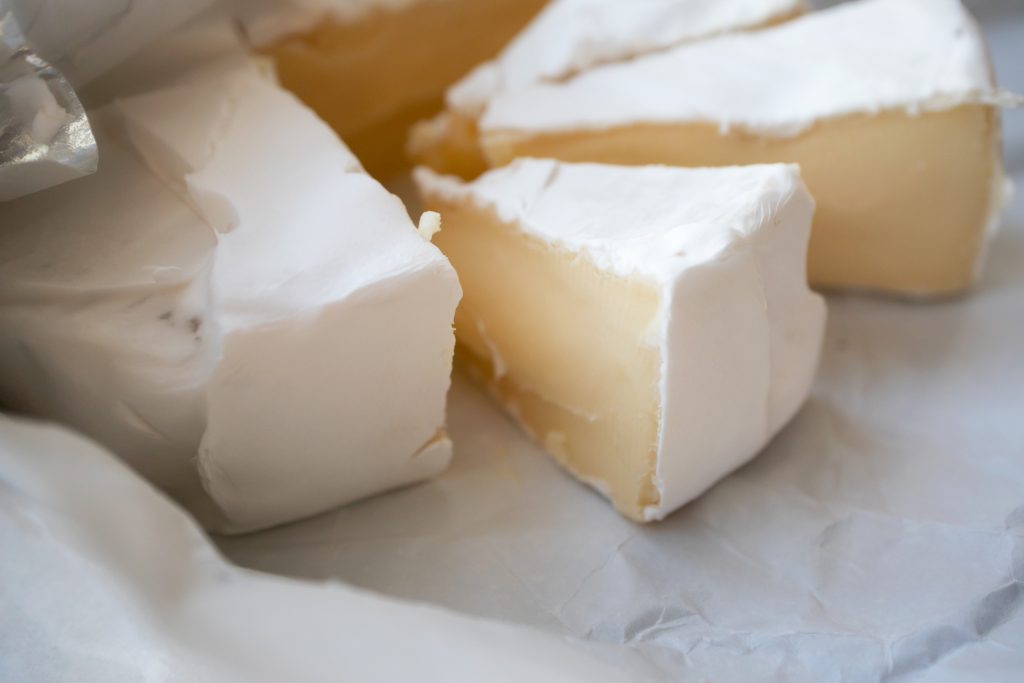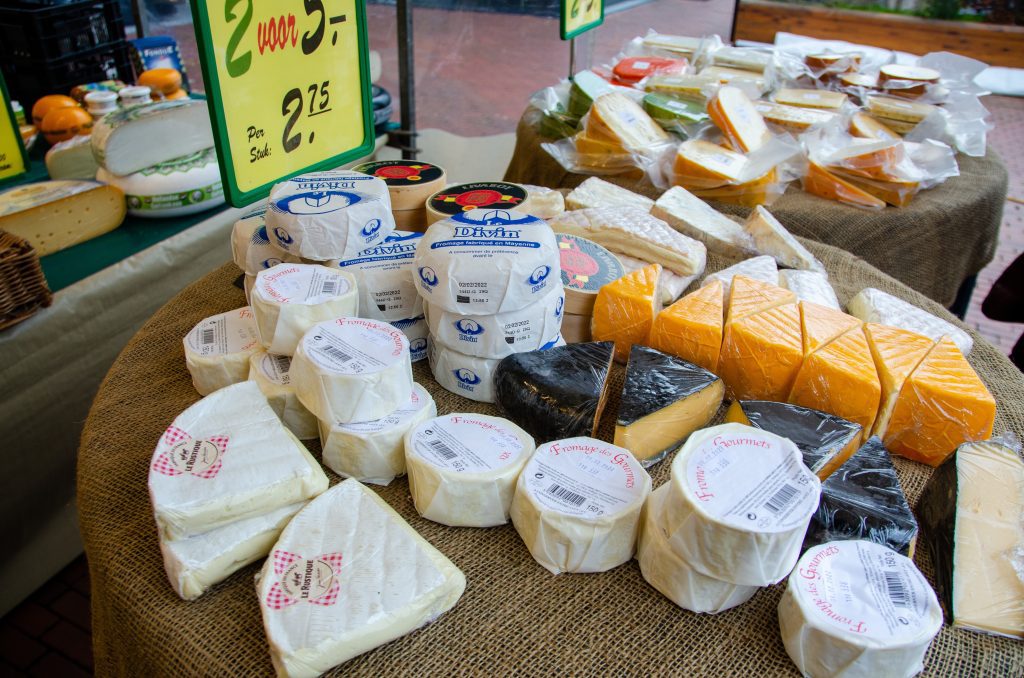The Silent Crisis Endangering Our Beloved Cheeses
In a surprising twist in the culinary world, some of our most cherished cheeses, like Brie and Camembert, are facing a silent crisis that could alter their very essence. This unexpected threat stems not from changes in dairy farming or shifts in consumer tastes, but from a genetic bottleneck affecting the very molds that give these cheeses their unique flavors and textures.

The Mold That Shapes a Delicacy
Brie and Camembert, along with several other soft, white cheeses, owe their delectable flavor and creamy texture to specific strains of mold. These aren’t the unwelcome varieties that invade neglected food; rather, they are cultivated varieties that are essential to cheese production. However, a significant reduction in the genetic diversity of these molds poses a dire threat to the future of these cheeses.
Historically, these cheeses were characterized by a natural variety of Penicillium molds, contributing to a rich diversity in taste, color, and aroma. This changed dramatically with the discovery of the albino Penicillium camemberti strain at the end of the 19th century. Cheesemakers quickly adopted this strain for its ability to produce the uniformly white, aesthetically pleasing cheese that consumers adore.
The Genetic Conundrum
The adoption of P. camemberti marked a significant shift towards homogeneity in cheese production. However, this prized mold strain came with a significant drawback: it is incapable of sexual reproduction. As a result, cheesemakers have resorted to cloning the mold for over a century to maintain cheese production. This practice, while initially successful, has led to a severe narrowing of the mold’s genetic pool.
The repeated cloning and lack of natural genetic diversity have led to a degradation of the mold’s genome. This genetic erosion has reached a point where the mold struggles to produce even its asexual spores, making the cloning process increasingly difficult.
Broader Implications for Culinary Diversity
The plight of the P. camemberti mold is not an isolated case but a symptom of a broader issue affecting various food products, from the blue molds used in Roquefort and Gorgonzola to the seedless bananas we commonly consume. While the situation for these other foods may not be as critical, they highlight the importance of genetic diversity in sustaining our food supply.

The Future of Our Favorite Cheeses
While it’s unlikely that Camembert and Brie will vanish from our tables entirely, the genetic bottleneck faced by their defining molds could lead to significant changes in their flavor and texture. Alternative molds may be used, but these substitutes will invariably transform the sensory experience associated with these cheeses.
If you are a connoisseur of these fine cheeses, you might want to savor them while they still possess their classic characteristics. The ongoing genetic challenges highlight a critical aspect of food production often taken for granted: the complex interplay between biology and culinary art that brings our favorite foods to life. As the crisis unfolds, it serves as a reminder of the fragile balance that sustains the diversity and richness of our culinary heritage.
